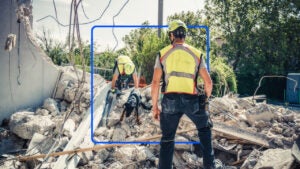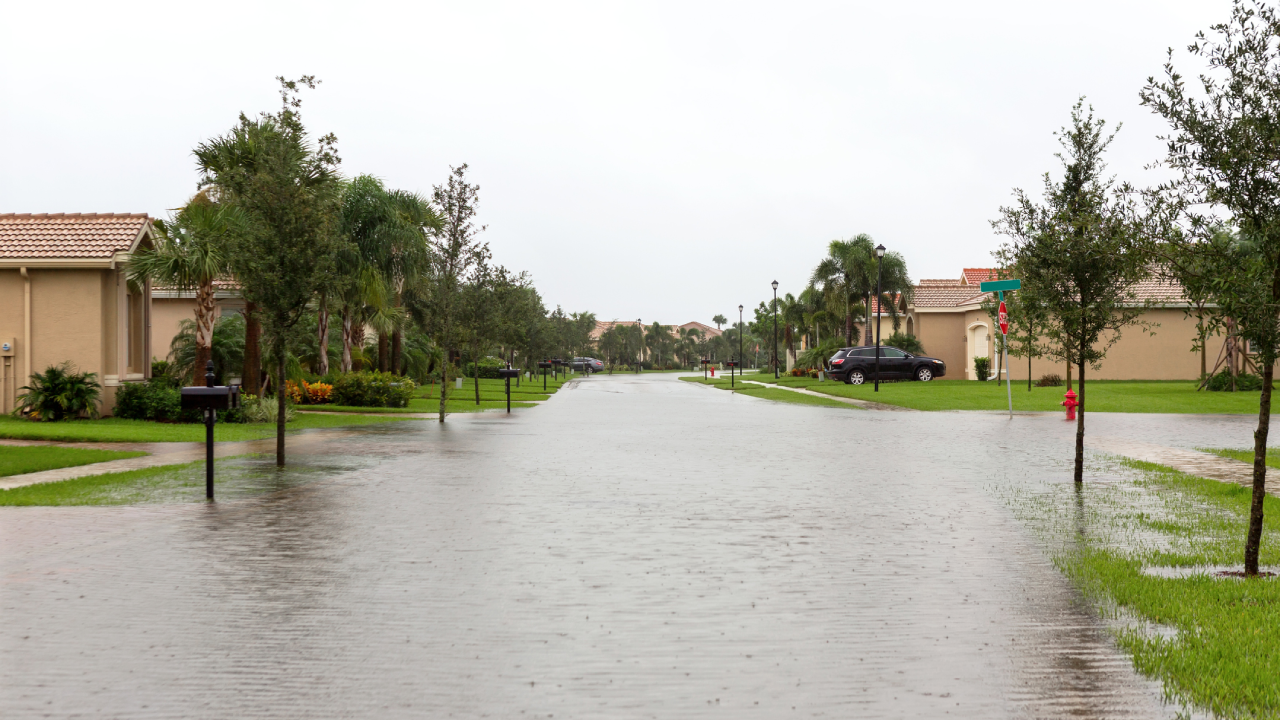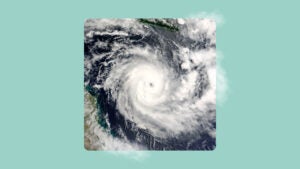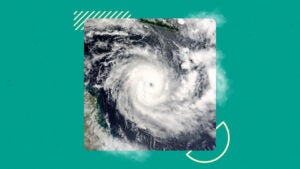Here’s where flooding was the worst in 2024 — and how to better prepare your home in 2025

After more than a foot of rain fell within a few hours in Oxford, Connecticut, last August, Randi Marcucio entered her house one last time and grabbed her three-year-old son’s teddy bear.
“I didn’t know that the whole house was going to go, but I knew it wasn’t safe to stay the night, and I knew my son would want his teddy bear,” says Marcucio, an emergency room nurse and a single mother. The following morning, the flood swept the home in Oxford off its foundation, taking with it all her possessions.
The flooding in Marcucio’s town, which caused two fatalities and millions of dollars of damage, was just one of more than a dozen catastrophic floods in the U.S. last year. The worst flooding was caused by Hurricane Helene, which dumped nearly 31 inches of rain in some communities in the Blue Ridge Mountains in September. It was the costliest natural disaster of the year, resulting in $79.6 billion in damage, according to the National Centers for Environmental Information.
Other 2024 catastrophes included June’s devastating floods in several Midwest states, July’s flooding that submerged several towns in Vermont, and January’s flash floods in San Diego that required the San Diego Fire-Rescue Department to rescue residents from homes in waist-high water.
Most 2024 flooding disasters featured extreme rain, which in some cases dropped several month’s worth of precipitation in a few hours and submerged inland areas that typically aren’t considered at risk of flooding. Extreme rain — which is defined as at least a month’s worth of rain falling in a 24-hour period — can be part of a named storm like a hurricane or an unnamed cloudburst, as happened in Connecticut.
2025 Spring flood risk
According to a March 20 NOAA forecast, this year’s risk of spring flooding caused by melting snow during the April to June period is low. That’s because the amount of snow that fell during the winter was less than normal. But rain is a wild card.
“Heavy rainfall at any time can lead to flooding, even in areas where the overall risk is considered low,” said the report. “Rainfall intensity and location can only be accurately forecast days in the future. Therefore, flood risk can change rapidly.”
So far this year, downpours in West Virginia caused widespread flooding in February, and heavy rain last week led to catastrophic and deadly flooding in several Midwestern and Southern states. Some areas got more than 15 inches of rain, according to the National Weather Service.
The frequency of these heavy downpours is increasing nationally, with the biggest increases in the Midwest and Northeast, according to scientists from the U.S. Global Change Research Program. When rain falls at a faster pace than the ground can absorb, we see flooding.
“These storms are carrying so much more moisture than historically they ever did,” says Donald Hornstein, director of the Center on Climate, Energy, Environment and Economics at the University of North Carolina at Chapel Hill. “And then they stall over places, dumping a huge amount of rain, exceeding what the earth can absorb.”
Extreme rain is increasing flood risk
The reason for the increase in extreme rain is a warming planet that supercharges the water cycle with more evaporation, creating more precipitation. Last year was the earth’s warmest on record, beating the prior record from 2023, according to the National Aeronautics and Space Administration.
“As the atmosphere warms, there is more evaporation and more water available for rain, which contributes to changing weather patterns and flood risks,” reports First Street, a climate risk data provider. “Extreme rain events are increasing in duration, intensity, and frequency, which causes more urban and flash floods, and more flooding from overflowing rivers and streams.”
In the Connecticut flood that destroyed Marcucio’s home, the rain that began on a Sunday afternoon dumped about 15 inches of water within a 24-hour period on the town of Oxford, more than four times the area’s average monthly precipitation.
Only 4% of U.S. homeowners have flood insurance
While no one can control the weather or the flooding that may result, it’s possible to prepare financially by having flood insurance to cover both your home and its contents. It’s a separate policy that isn’t included in standard home insurance.
If your home is located in a federally designated high-risk flood zone, the terms of most mortgages will require flood insurance. But flooding can happen anywhere, says Hornstein.
About 40 percent of U.S. floods occur in areas that aren’t categorized as flood zones, he says. Yet only about 4 percent of U.S. homeowners have flood insurance, according to the Federal Emergency Management Agency.
With the increase in precipitation we’re seeing, you don’t need to be next to a stream or an ocean to experience flooding. We’re seeing flooding in places that have never flooded before.— Donald Hornstein, Director of the Center on Climate, Energy, Environment and Economics, University of North Carolina at Chapel Hill
Marcucio’s house in Oxford wasn’t in a designated flood zone, so she didn’t get flood insurance when she bought it two years earlier. After her home was destroyed, friends set up a GoFundMe that raised more than $200,000.
How to prevent flood damage
How to get flood insurance
Most flood insurance policies sold in the U.S. are part of the federal National Flood Insurance Program (NFIP). While the policies are backed by the federal government, they’re issued through private insurance companies.
Consumers can ask the insurance company they use for their primary home insurance if it sells flood policies, or they can go to the federal government’s floodsmart.gov website and search by state for a provider.
There is a smaller market for private flood insurance that sometimes offers higher coverage limits than NFIP policies, but often comes at a higher price than the federally backed coverage.
The private market may be a better option for luxury homes that cost more to replace. The NFIP has a maximum payout of $250,000 to repair or replace structures and $100,000 for the contents of a home.
The national average annual cost for a flood insurance policy from the NFIP was $870 in 2024, up 8.8 percent from 2023. Because premiums are based on risk, homeowners who live in low-risk areas that haven’t previously flooded will pay less than policyholders who live in designated flood zones.
“There really is no longer any safe harbor from flooding, because of climate change,” says Hornstein. “It’s not something that only people who live in flood zones have to think about.”
Why we ask for feedback Your feedback helps us improve our content and services. It takes less than a minute to complete.
Your responses are anonymous and will only be used for improving our website.
You may also like

The dos and don’ts of hurricane cleanup for insurance claims

Florida flooding focuses attention on uninsured Americans

12 ways to avoid hurricane damage

Experts say the 2024 hurricane season could break records. Here’s how to prepare


